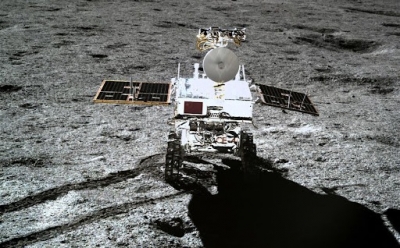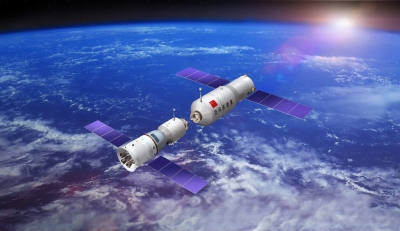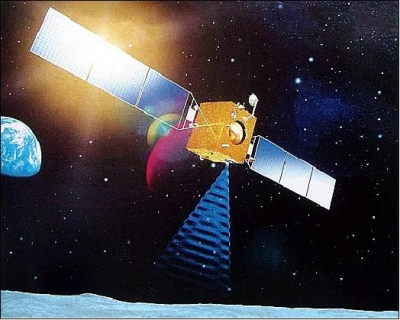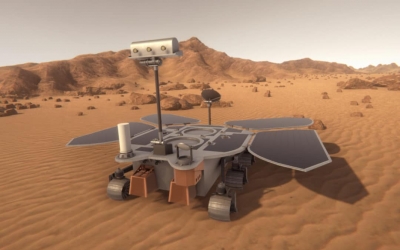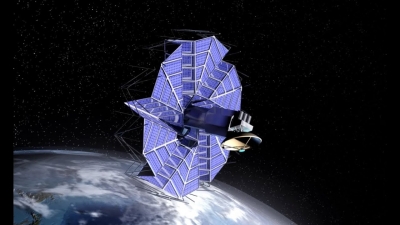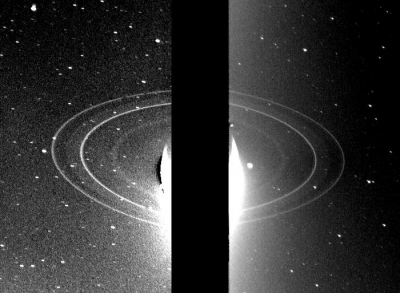What is the smallest white dwarf?
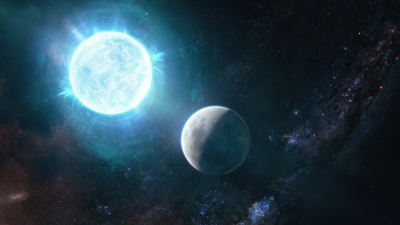
A white dwarf that has been discovered recently is the smallest known example. At just a little over the size of our moon, this white dwarf named 27 31901 1458, packs 1.3 times the mass of our sun making it at the same time among the most massive white dwarfs ever known.
What are white dwarfs?
White dwarfs are the remnants left behind when some stars nun out of their nuclear fuel. Close to the end of its nuclear burning stage, this type of star expels the majority of its outer material.The only part of the star remaining, its hot core, is what is referred to as a white dwarf.
While white dwarfs are usually closer to the size of the Earth (radius around 6,300 km), this one has a radius of just 2.100 km, nearer to our moon's radius of around 1.700 km. Even though we are used to seeing bigger objects in our daily lives being more massive than their smaller counterparts, in the case of white dwarfs, it is quite the opposite. This means that white dwarfs shrink in size as they gain more mass. Therefore, even though it might sound counter-intuitive this white dwarf that is so small is actually among the most massive.
Rotates rapidly
Apart from the fact that this white dwarf is the smallest and super massive, it is also rotating rapidly. It spins around once in roughly seven minutes and has a powerful magnetic field that is over a billion times stronger than that of our Earth's
The scientists who discovered this white dwarf did it using the Zwicky Transient Facility that is part of the Palomar Observatory in California. The ZTF in the white dwarfs name, as you might have rightly guessed, comes from the name of the facility.
If this white dwarf had been more massive than it is, it wouldn't have been able to support its own weight and would have exploded While scientists can't yet say for certain, they believe that this certain white star probably formed due to the merger of two white dwarfs Scientists have plenty to learn from white dwarfs and this newly discovered, small one would also contribute in its own way.
Picture Credit : Google

